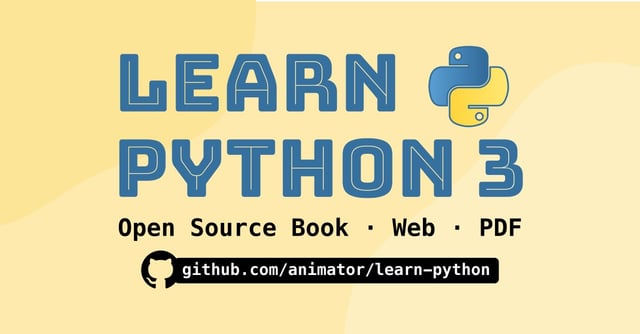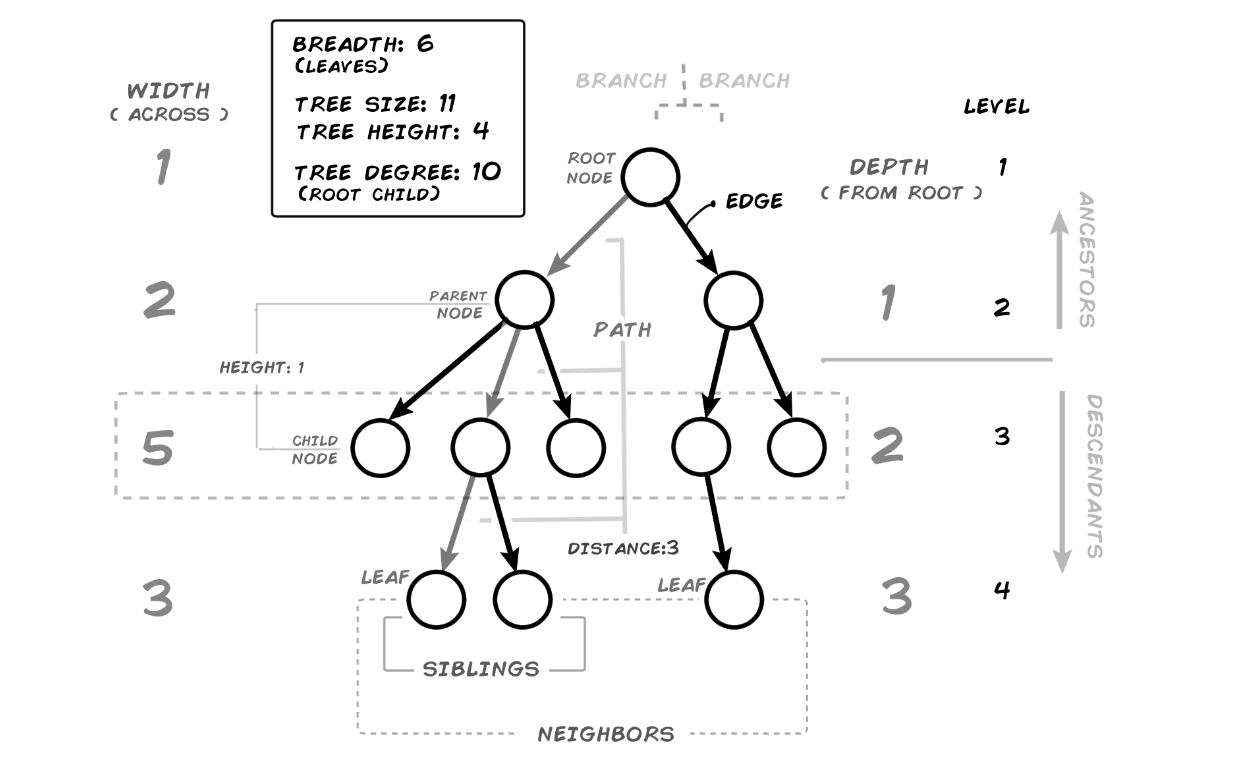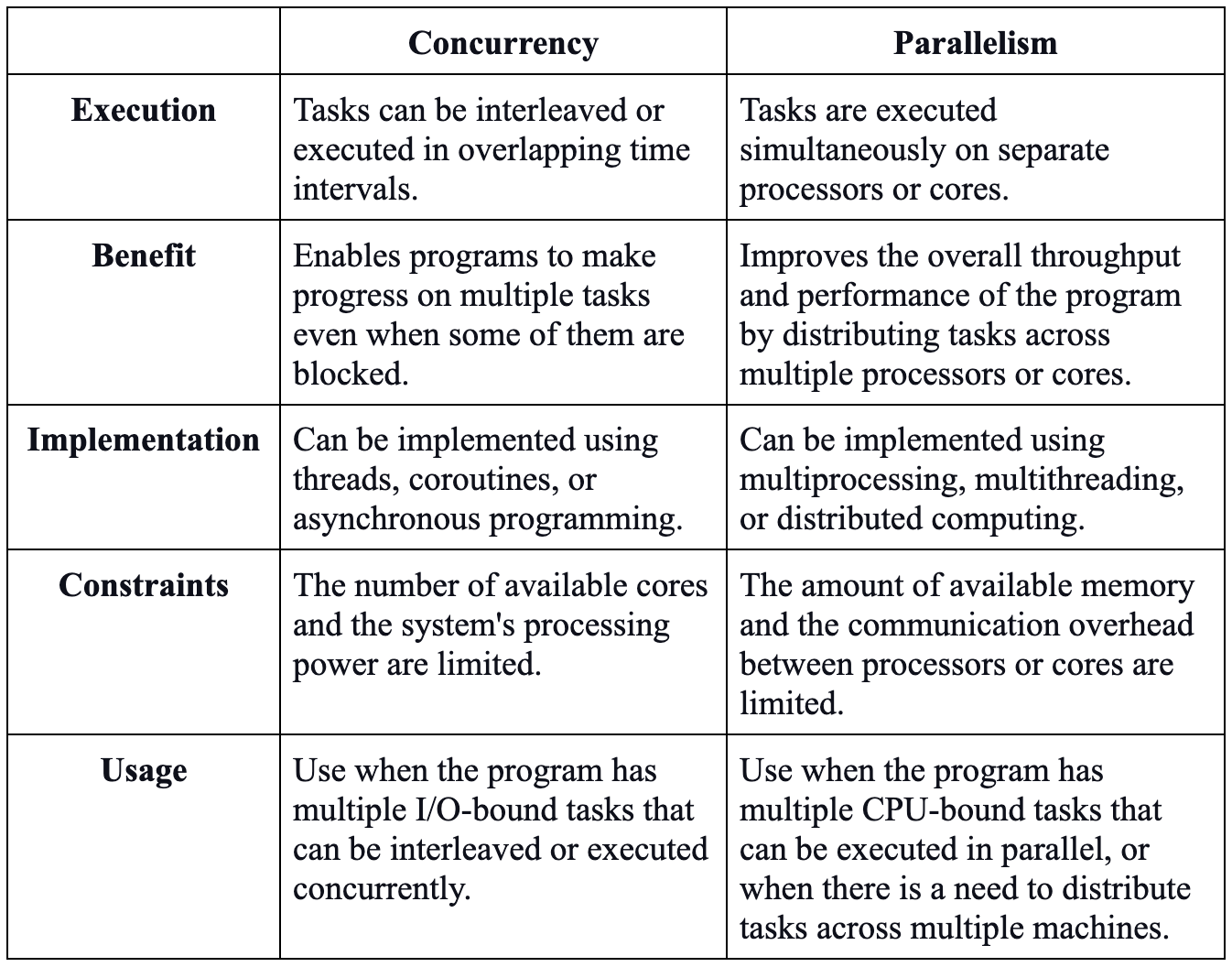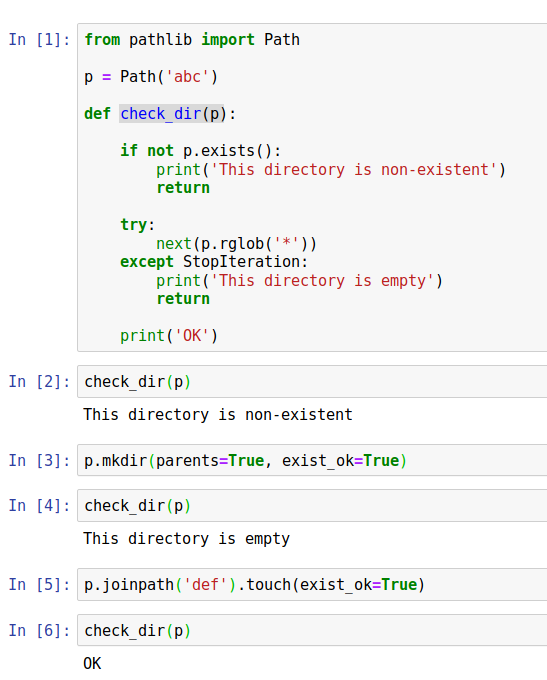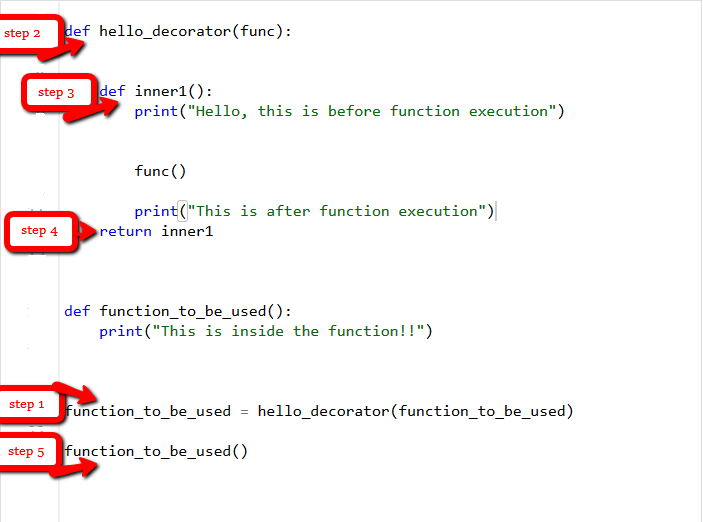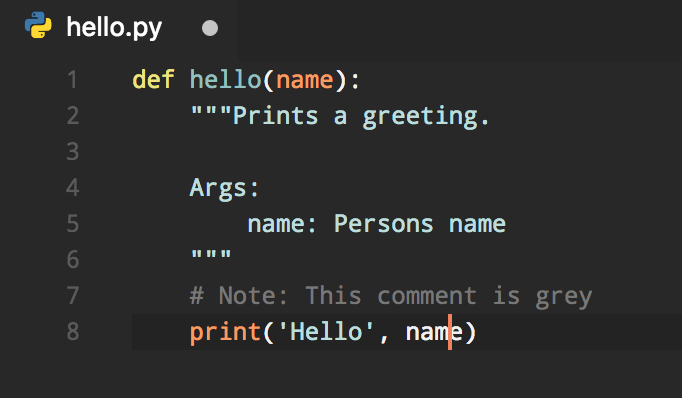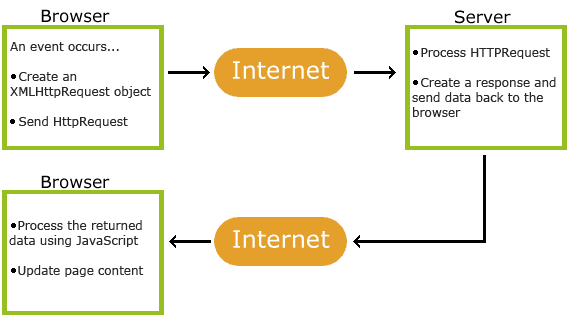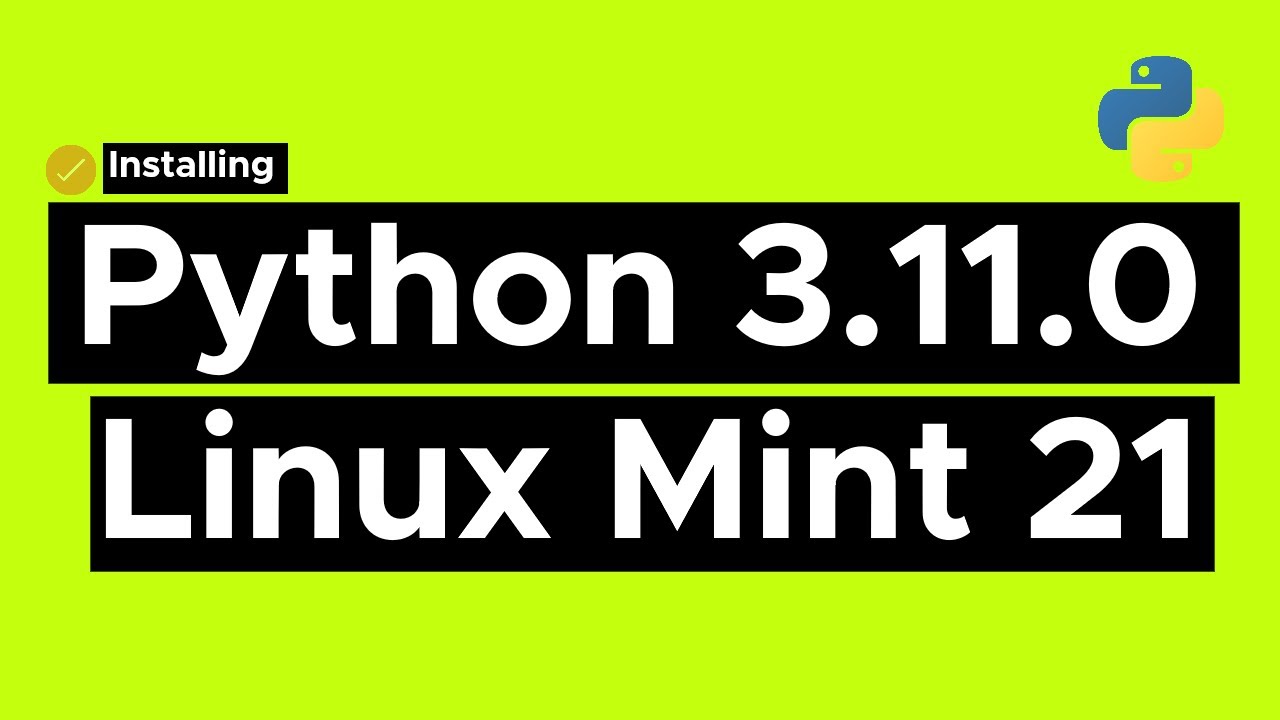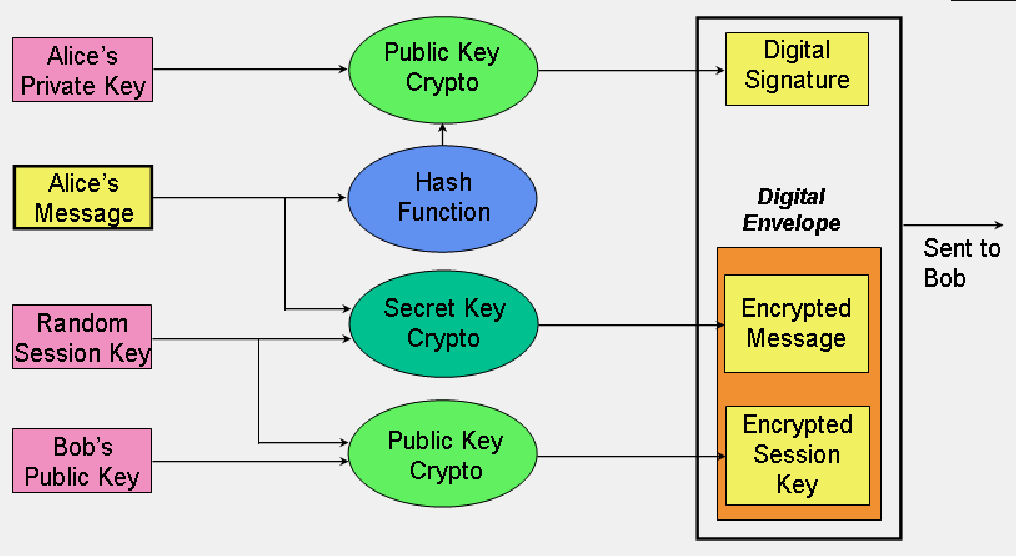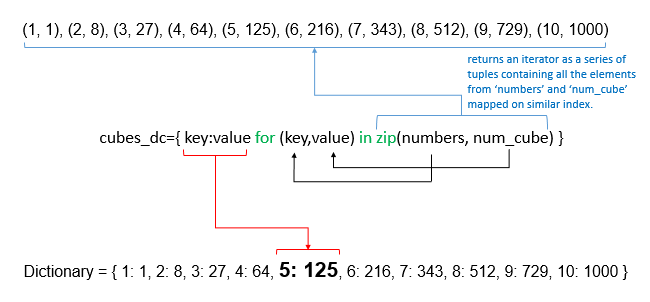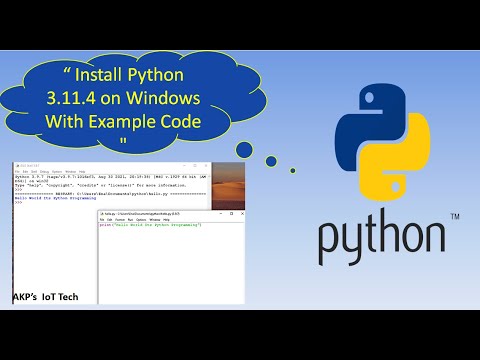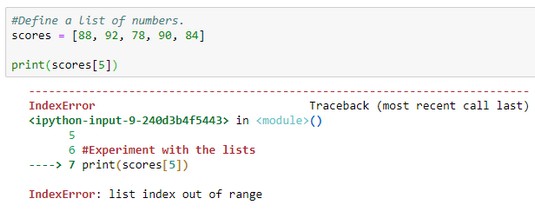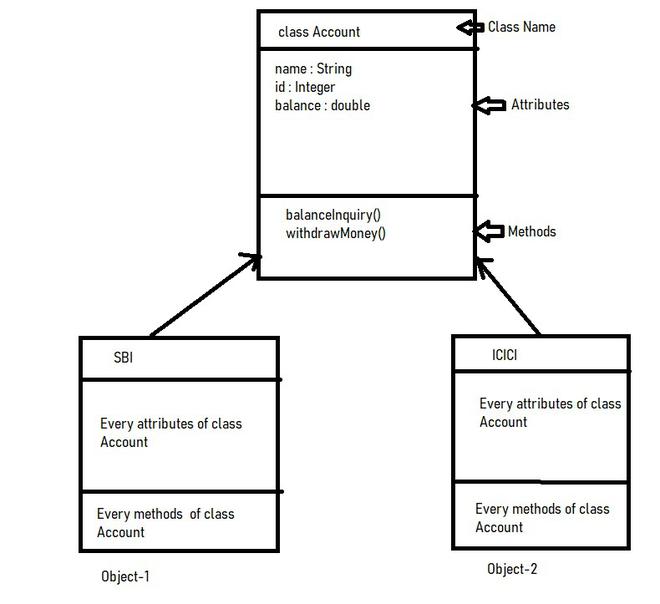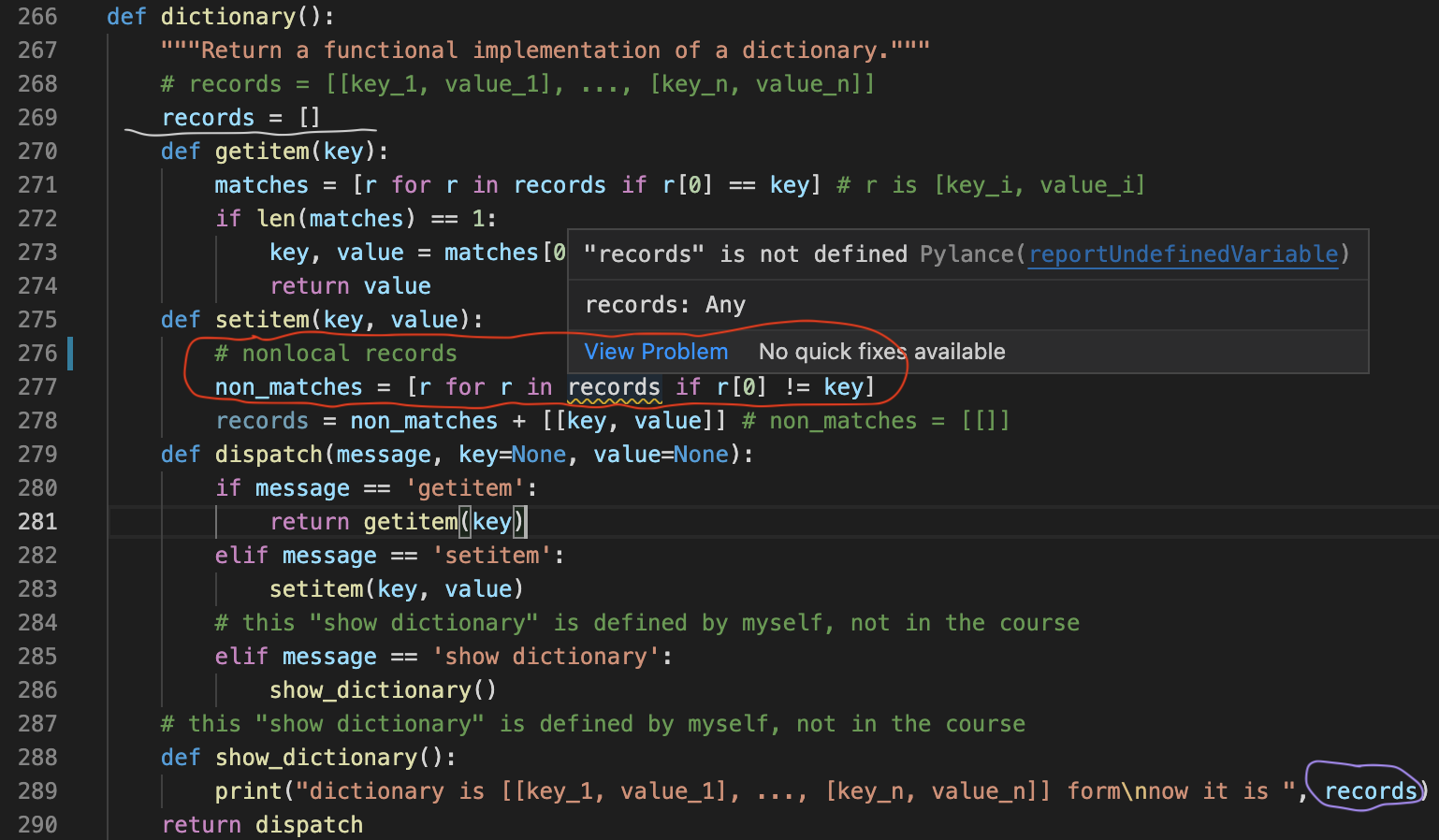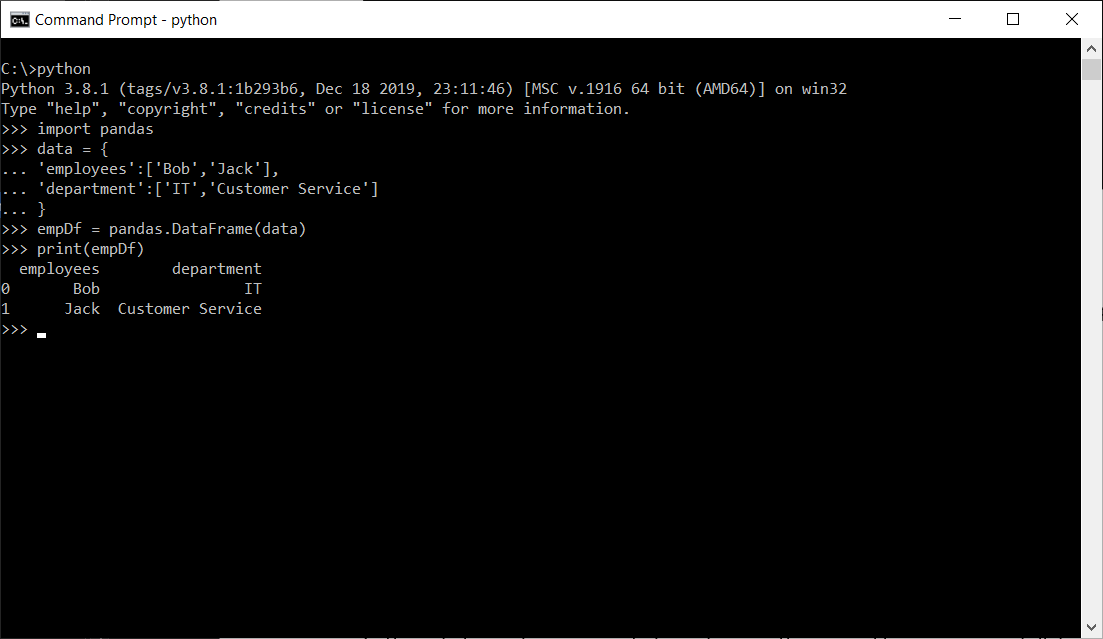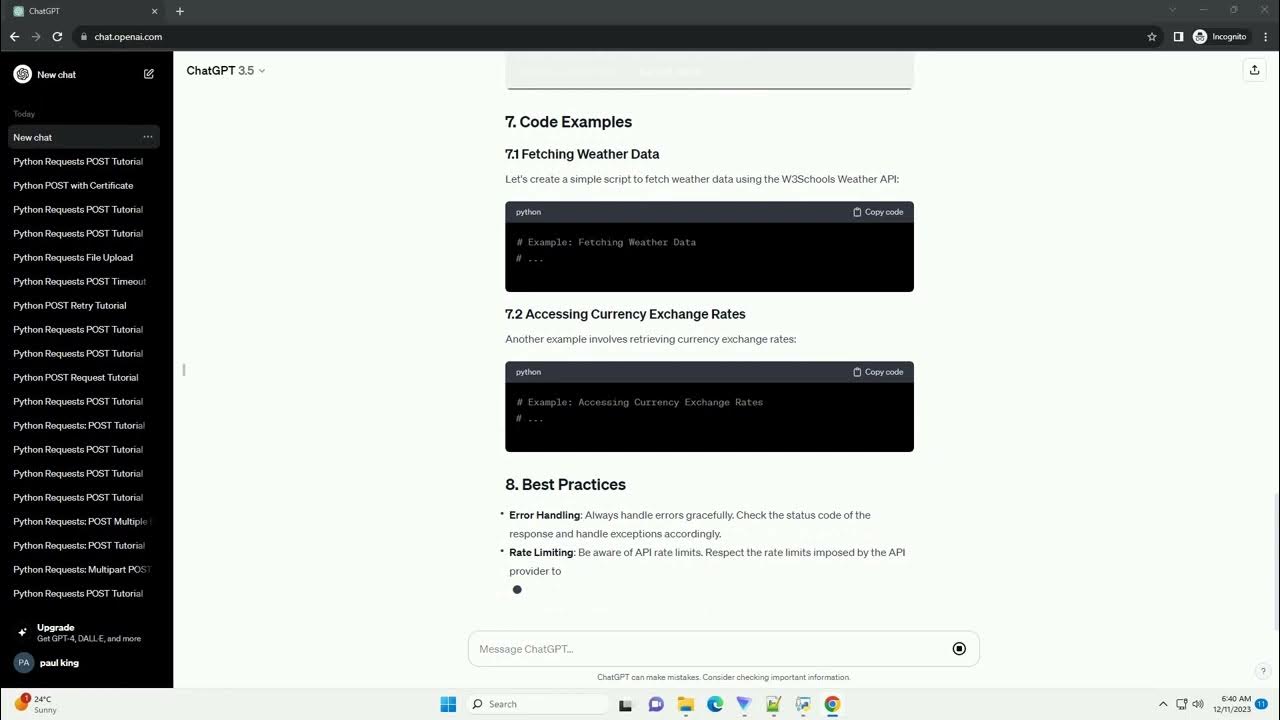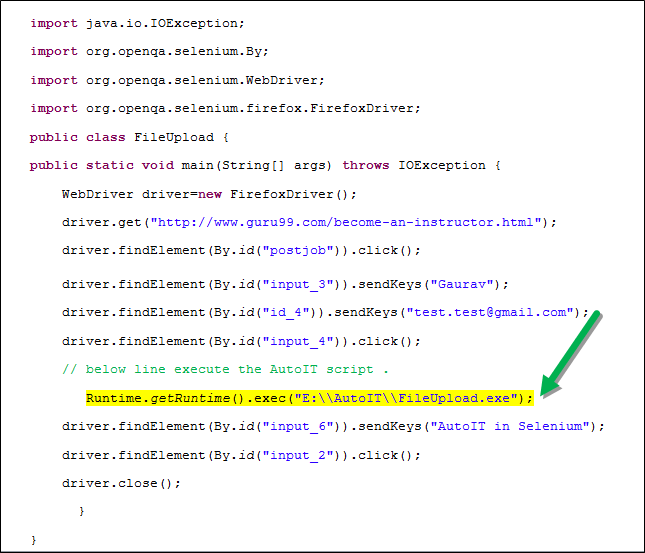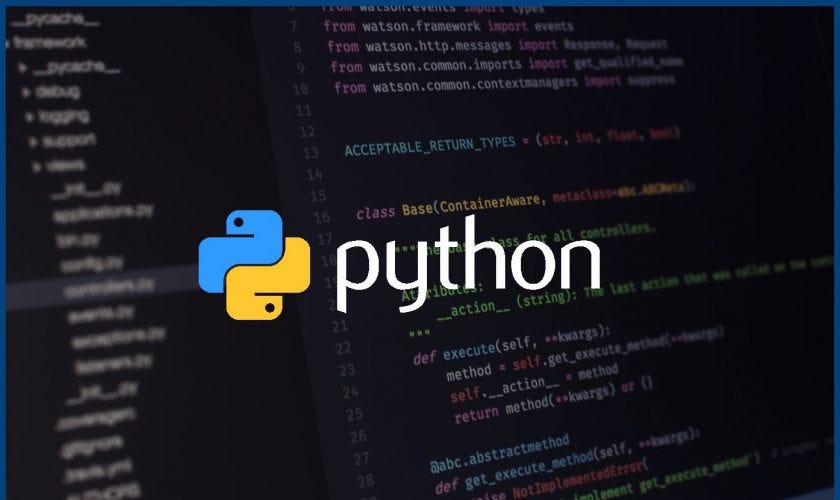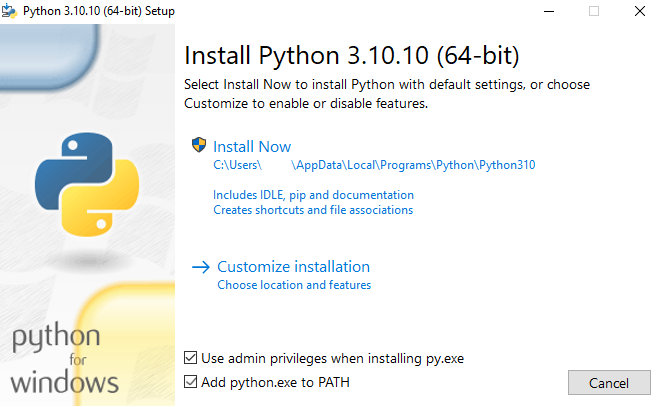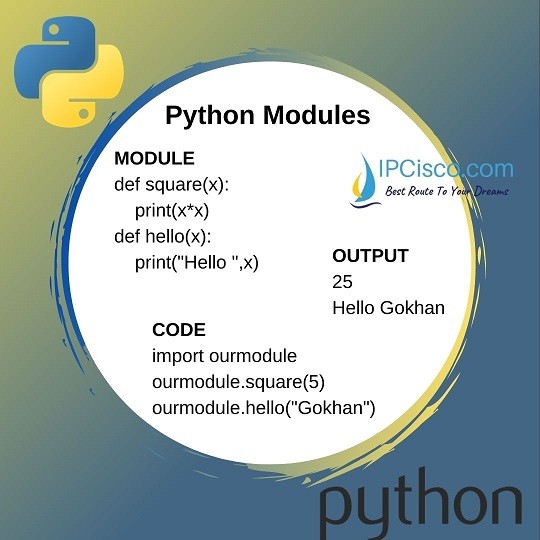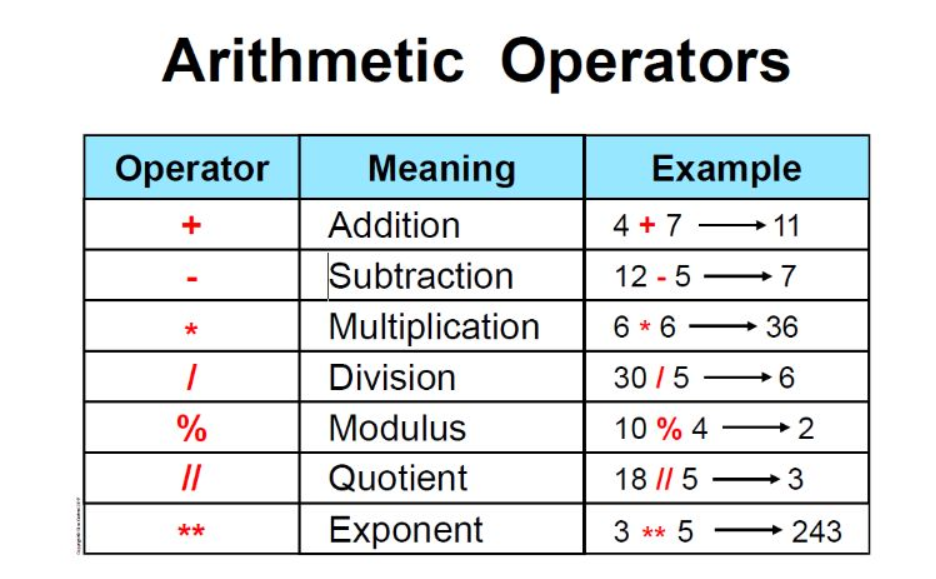What is list [:] in Python?
What is list [:] in Python?
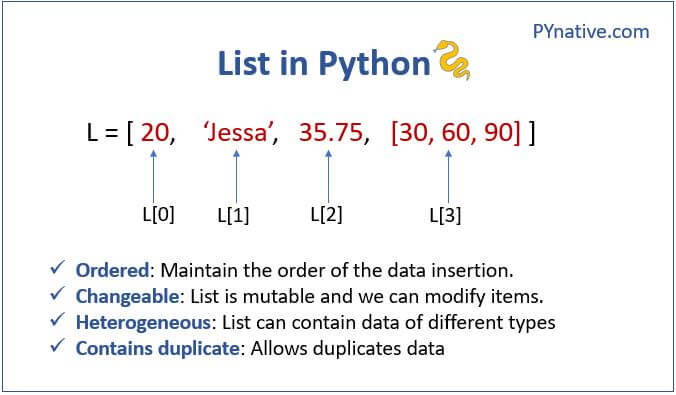
I'd be happy to explain what list[:]" does in Python.
In Python, when you use the syntax list[:], it is called "slicing" and is used to return a subset of elements from the original list. The : part indicates that you want to access all elements in the list, without stopping or stepping at any specific index.
So, what does this mean? Well, let's take an example:
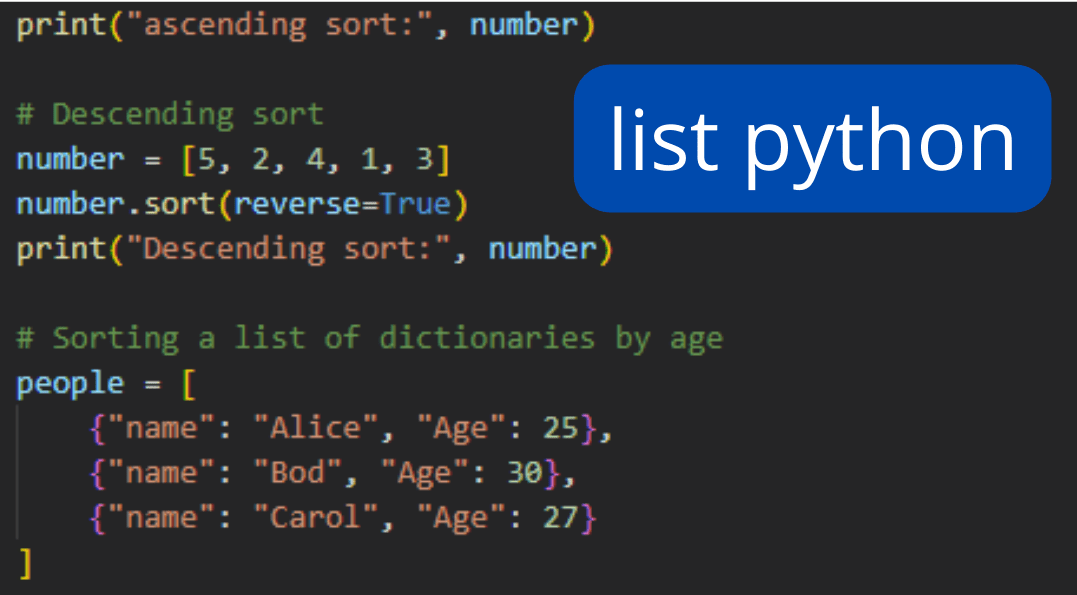
my_list = [1, 2, 3, 4, 5]
print(my_list[:])
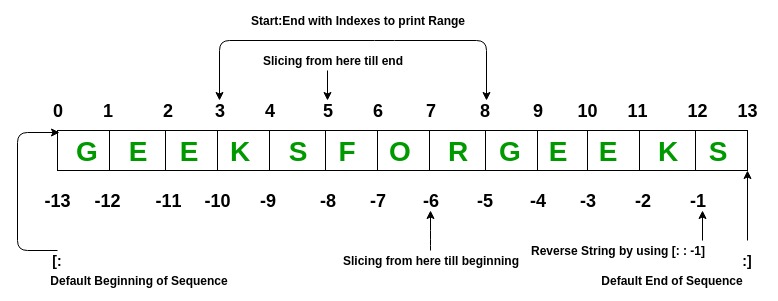
When you run this code, you will get the output:
[1, 2, 3, 4, 5]
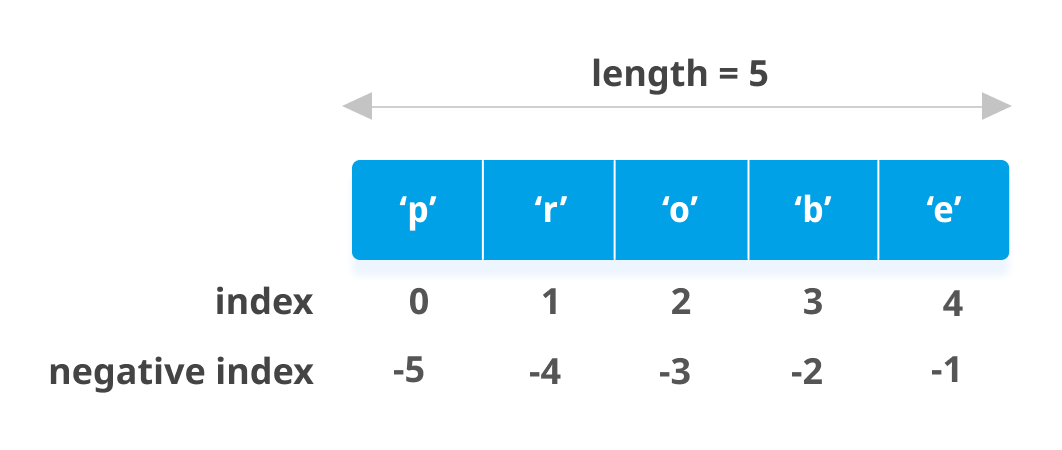
In other words, list[:] is essentially saying "give me all elements in the list, from start to end". It's like taking a snapshot of the entire list and printing it out.
Here are some important notes about slicing:
When you uselist[:], you don't have to specify an index range (like [0:5] or [1:4]). The : means "go from start to end", so you're getting all elements in the list. If you only want a subset of elements, you can modify the syntax by specifying an index range. For example, list[1:3] would give you elements 1 and 2 (indexing starts at 0). You can also use negative indexing, where -1 refers to the last element in the list, -2 refers to the second-to-last element, and so on.
Now, what if we modify our original code to print(my_list[1:])? This would give us:
[2, 3, 4, 5]
In this case, we're telling Python to start at index 1 (which is the second element in the list) and go all the way to the end. So we skip the first element (1) and print out everything else.
The beauty of slicing is that it can be used on many types of sequences, not just lists. You can use it on tuples, strings, dictionaries (in certain cases), and even other data structures like sets or arrays!
And if you're wondering what happens when you try to slice an empty list...
Well, let's just say Python won't throw any errors or warnings if you do something like print(empty_list[:]). In fact, it will simply return an empty list:
[]
This might seem counterintuitive, but it makes sense when you think about it. If the original list is empty, what would you expect the sliced version to be? An error message? A warning? Or just another empty list? Yeah, I thought so!
What is list in Python
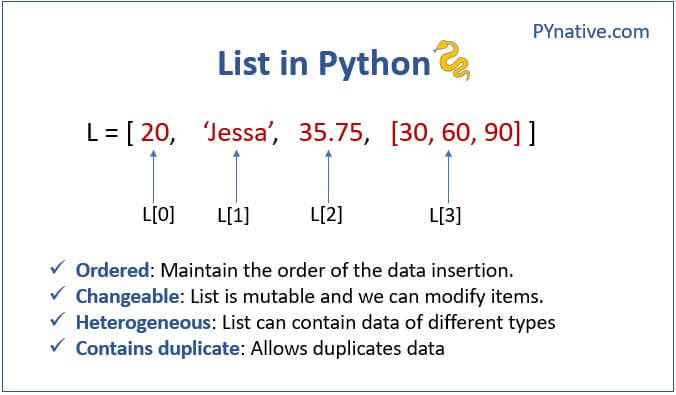
I'm happy to help!
What is List in Python?
In Python, a list (also known as an array or vector) is a data structure that stores a sequence of items. These items can be any type of object, such as strings, integers, floats, booleans, dictionaries, lists themselves, and more. A list is denoted by square brackets [] and is used to store collections of similar types.
Creating Lists
You can create an empty list using the following syntax: my_list = []. Alternatively, you can populate a list with initial values as follows: my_list = [1, 2, 3, 'hello', True].
Accessing and Modifying List Elements
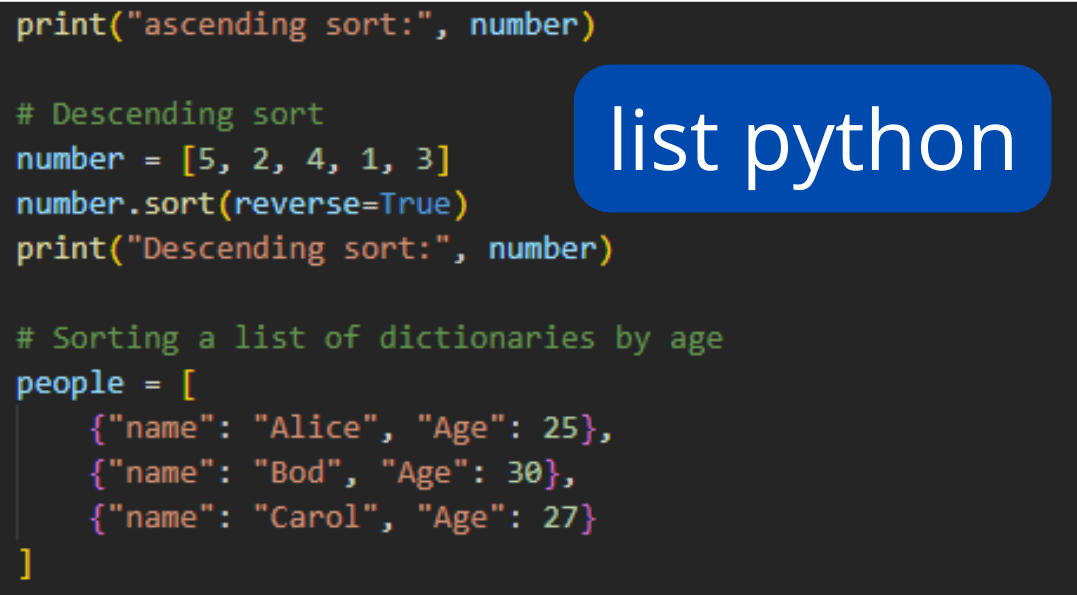
To access a specific element in a list, you use indexing (remember that Python uses zero-based indexing). For example:
my_list = ['a', 'b', 'c']
print(my_list[0]) # prints 'a'
print(my_list[-1]) # prints 'c' (accessing the last element)
You can also modify list elements using assignment:
my_list = [1, 2, 3]
my_list[1] = 'hello' # sets my_list to [1, 'hello', 3]
List Operations
Python provides several operations you can perform on lists:
Length: To get the number of elements in a list, use thelen() function: print(len(my_list)). Append: Add an element to the end of the list using the append() method: my_list.append('d'). Insert: Insert an element at a specific position (index) using the insert() method: my_list.insert(1, 'x'). Remove: Delete the first occurrence of a specified value using the remove() method: my_list.remove('hello') (assuming 'hello' is in the list). Indexing and Slicing: You can access parts of a list using slicing (e.g., my_list[1:3]) or indexing (e.g., my_list[-2]).
Other List Features
Python lists support various features that make them useful:
Mutability: Lists are mutable, meaning you can modify their elements without creating a new list. Dynamic Size: Lists can grow and shrink dynamically as you add or remove elements. Homogeneous Elements: A list's elements do not have to be of the same type.Best Practices
When working with lists in Python, follow these best practices:
Use meaningful variable names for your lists. Avoid modifying a list while iterating over it (usecopy() or freeze() methods instead). Keep lists small and manageable; large lists can impact performance. Consider using dictionaries or other data structures when working with heterogeneous collections.
This comprehensive overview of Python lists should provide you with a solid foundation for working with this essential data structure in your future programming endeavors!
